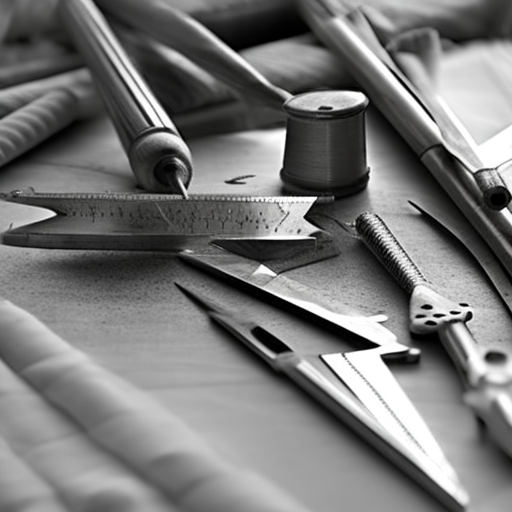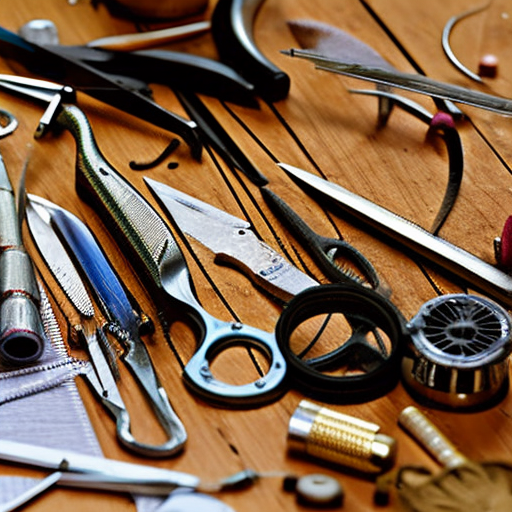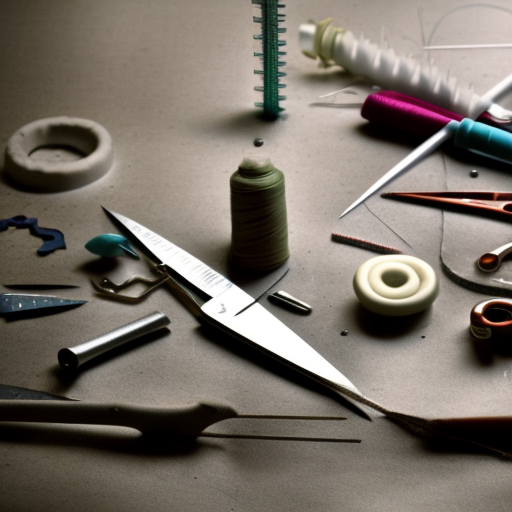When it comes to sewing, the materials you choose can make all the difference in the outcome of your project. The quality of the fabric, thread, and other notions can greatly impact the overall look and feel of your creation. However, with the abundance of options available, it can be overwhelming to make the right choices. That’s where the perfect balance of quality and creativity comes into play. In this article, we’ll explore how quality meets creativity when it comes to sewing material choices.
First and foremost, let’s talk about the importance of quality materials in sewing. Quality materials not only enhance the overall look of your project, but they also ensure longevity and durability. A high-quality fabric will have a tighter weave and a smoother finish, making it easier to handle and sew. It will also be less prone to fraying and shrinking, thus ensuring the longevity of your creation. Additionally, quality threads, needles, and other notions will make the sewing process smoother and result in a more professional-looking final product.
So, how do you determine the quality of a material? There are a few key factors to consider. The first is the fiber content. Natural fibers such as cotton, linen, silk, and wool are considered high-quality materials due to their strength, breathability, and ability to hold color. On the other hand, synthetic fibers like polyester and nylon are often cheaper but may not offer the same level of quality. However, there are exceptions, such as high-quality rayon or modal fabrics. It’s essential to read the label and do your research on the material you’re considering using.
The second factor to consider is the fabric’s weight and drape. A higher quality fabric will have a substantial weight and a soft, fluid drape. This is particularly important when sewing garments, as the weight and drape of the fabric can greatly affect how the garment hangs on the body. It’s best to avoid fabrics that are too lightweight or stiff, as they may not produce the desired result.
Once you’ve selected a high-quality material, it’s time to let your creativity shine. The beauty of sewing is the endless possibilities when it comes to fabric choices. From colorful prints to unique textures, the options are limitless. However, it’s essential to consider the purpose of your project and the desired outcome. For example, if you’re creating a formal dress, a solid, high-quality silk fabric may be a better choice than a bold printed cotton.
Another element to consider when incorporating creativity into your sewing material choices is color coordination. Color plays a vital role in the overall look of a project. Experimenting with different color combinations can create a unique and eye-catching piece. However, it’s best to keep a cohesive color palette in mind to avoid a visually overwhelming outcome.
Finally, don’t be afraid to mix and match materials. Combining different fabrics, such as a sheer overlay with a solid lining, can add dimension and interest to your project. It’s also an excellent way to use up fabric scraps and add a personal touch to your creations.
In conclusion, quality meets creativity when choosing sewing materials. Selecting high-quality fabrics, threads, and notions will ensure the durability and professionalism of your project. At the same time, incorporating your creative vision through fabric selection and color coordination will result in a unique and beautiful finished product. So next time you’re planning a sewing project, remember to strike the perfect balance between quality and creativity for a truly outstanding result.





I’m so excited for this post! I can’t wait to learn more about which materials will give me the best results for my sewing projects.
This post is essential for sewers seeking a perfect balance of quality and creativity – it’ll help us determine the best materials to make our projects stand out and last for years to come.